Cats’ tails are not just decorative. They are complex extensions of the spine that cats use to balance, communicate, and express emotion.
This guide explains how cats control their tails and reveals how conscious and instinctive movements work together to convey their emotions.
Can Cats Control Their Tails?
Yes, cats can control their tails.
Their tails are powered by a network of muscles and nerves connected to the spine, allowing fine, deliberate motion. While many movements are voluntary, others occur automatically through reflex or emotion. Cats can:
- Balance: adjusting tail position while walking, climbing, or landing.
- Communicate: signaling mood through height, speed, and rhythm.
- React instantly: when startled or irritated, often before realizing it consciously.
What Does Tail Control Mean in Cats?
Tail control means a cat can intentionally move, lift, or curl its tail to aid balance or send signals. Unlike humans moving their arms, cats blend awareness and instinct, sometimes choosing movements, sometimes reacting automatically. The result is a tail that acts as both a stabilizer and an emotional indicator.
- A raised tail equals confidence or friendliness, voluntary.
- A puffed tail equals an automatic fear response, involuntary.
This blend of conscious and reflexive control allows cats to adjust instantly to physical and emotional changes.
How Much Control Do Cats Really Have
Cats have partial but precise control.
- Voluntary control includes raising the tail in greeting, wrapping it around the body when relaxed, or gently flicking it while watching something.
- Reflexive movement happens without conscious effort, such as when the tail puffs up in fear or lashes suddenly during frustration.
This balance between control and reflex allows cats to react in fractions of a second while maintaining grace and communication.
Why Cats Move Their Tails While Resting or Sleeping
Even a sleeping cat keeps some control over its tail. Light twitches or gentle movements can occur during dreaming, muscle relaxation, or mild environmental awareness.
- A slow sway suggests calm alertness.
- A small flick may happen during a dream or noise response.
- Strong lashes while lying down can show irritation or overstimulation.
These motions show that tail control continues even in rest, part conscious, part reflexive.
How Cats Move Their Tails, Muscles, and Nerves
The tail extends from the spine and contains about twenty vertebrae supported by small muscles and tendons. Signals from the spinal cord allow cats to move the base, middle, and tip independently.
- The base provides strength and direction.
- The middle section helps balance and coordination.
- The tip offers subtle expression and rapid reaction.
When walking, the tail sways slightly for balance. During jumping or landing, it shifts to stabilize the body and twist midair, a function of the righting reflex that lets cats land on their feet. Each motion merges deliberate control with instinctive precision.
Reading Tail Movements and What They Reveal About Mood
Tail control also reflects emotional control. Observing both motion and posture helps decode your cat’s mood.
Signs of Confidence and Relaxation
- A tail held high and steady equals confidence or friendliness.
- Gentle waves equal content curiosity.
- Tail curled around the body equals comfort and security.
Signs of Stress or Discomfort
- Rapid flicking or lashing equals irritation or overstimulation.
- Tail low or tucked equals fear or submission.
- Puffed-up tail equals instinctive defense reaction.
When combined with eye shape, ear direction, and body posture, tail control becomes a clear emotional indicator. A cat that feels uneasy around its food, bed, or automatic cat litter box may show tension through its tail. A clean, well-placed litter box helps keep it relaxed.
Common Tail Positions and Meanings Chart
A cat’s tail constantly changes in height, speed, and shape. Each position reflects mood and intention.
| Tail Position | What It Means |
|---|---|
| High and relaxed | Confident and friendly |
| Curved like a question mark | Playful curiosity |
| Low or tucked | Fearful or anxious |
| Slow side sway | Calm attention |
| Fast flicks | Annoyed or alert |
| Puffed up | Defensive fear |
| Wrapped around the body | Comfortable or secure |
Tail position is most accurate when read with eye, ear, and body language.
Conclusion
Cats can control their tails with remarkable precision. Most movements are intentional and tied to balance or communication, yet emotions can trigger reflexive responses beyond conscious choice.
Watching tail height, rhythm, and coordination with posture or purring helps reveal what your cat feels at any moment. The tail is both a physical tool and a language of emotion, one that reflects how control and instinct coexist in every feline movement.
FAQs About Cat Tail Control
Q1: Do cats move their tails on purpose?
Yes. Most tail movements are deliberate, though flicks or puffing are reflexes triggered by emotion or surprise.
Q2: Why does my cat’s tail move when it sleeps?
Light twitches during dreaming or shallow sleep show partial muscle control or response to subtle stimuli.
Q3: What does it mean if my cat’s tail twitches?
A slow twitch shows curiosity or focus, rapid twitching signals irritation or overstimulation.



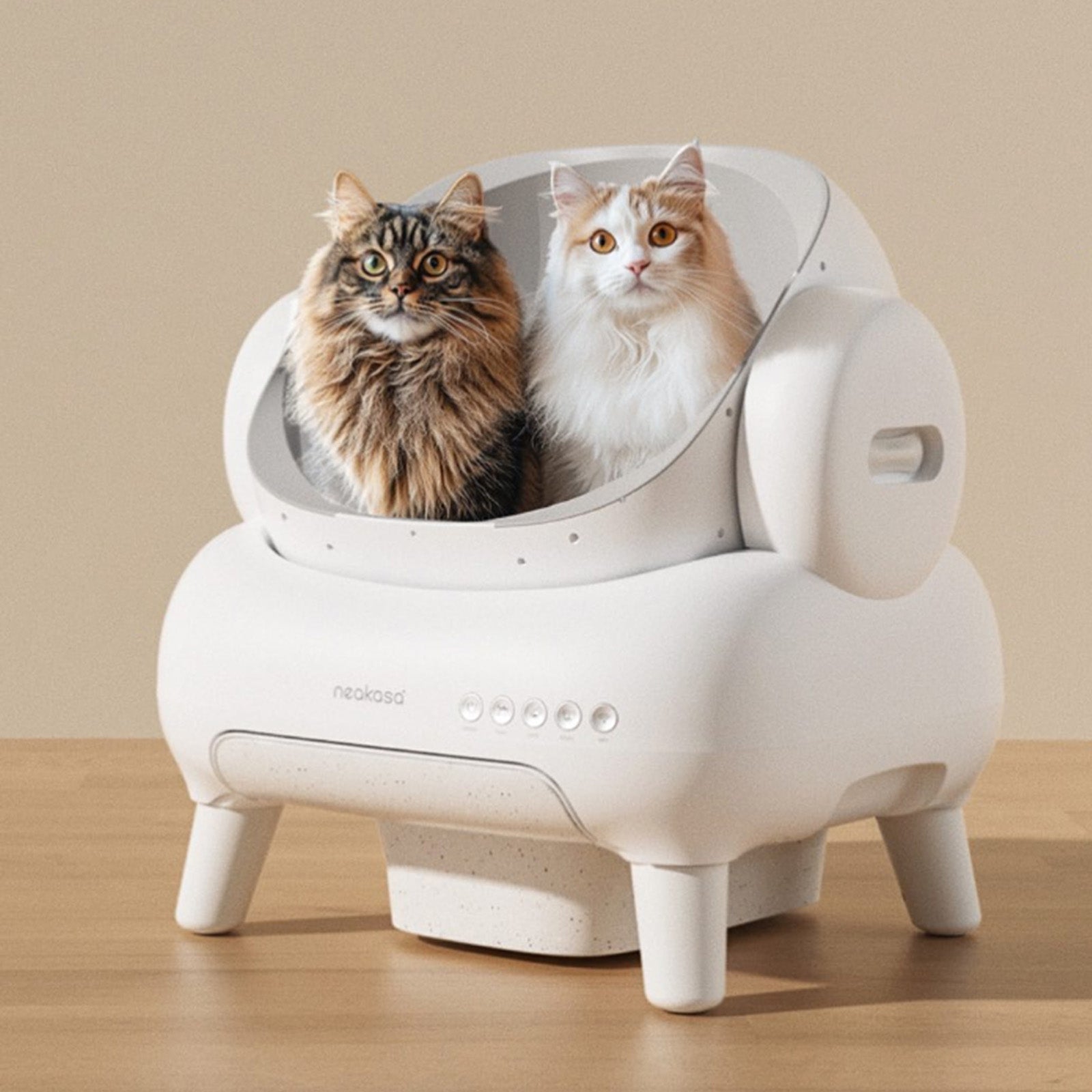
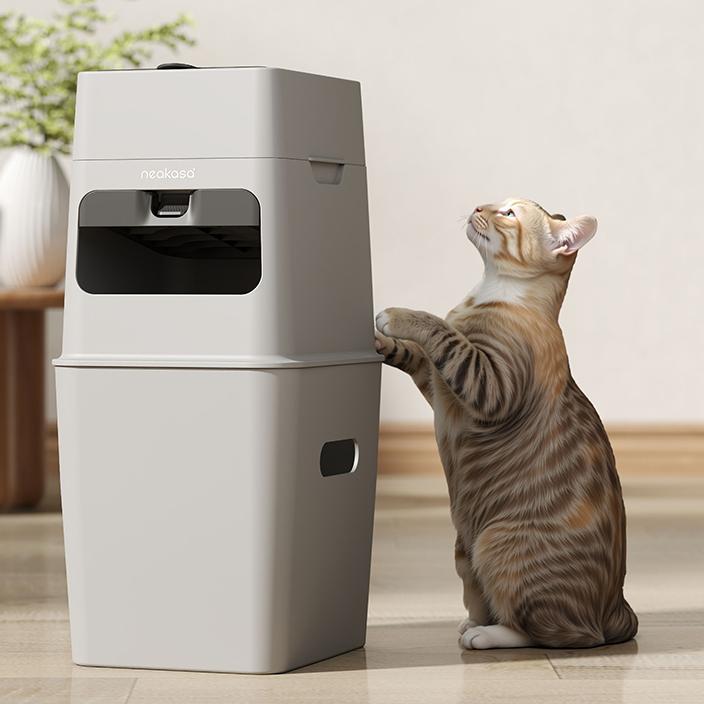
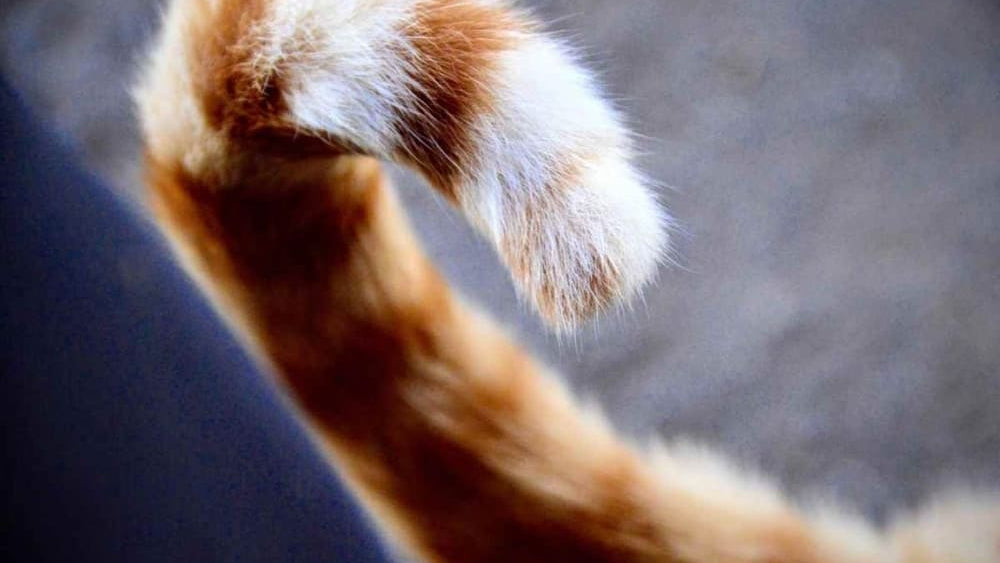

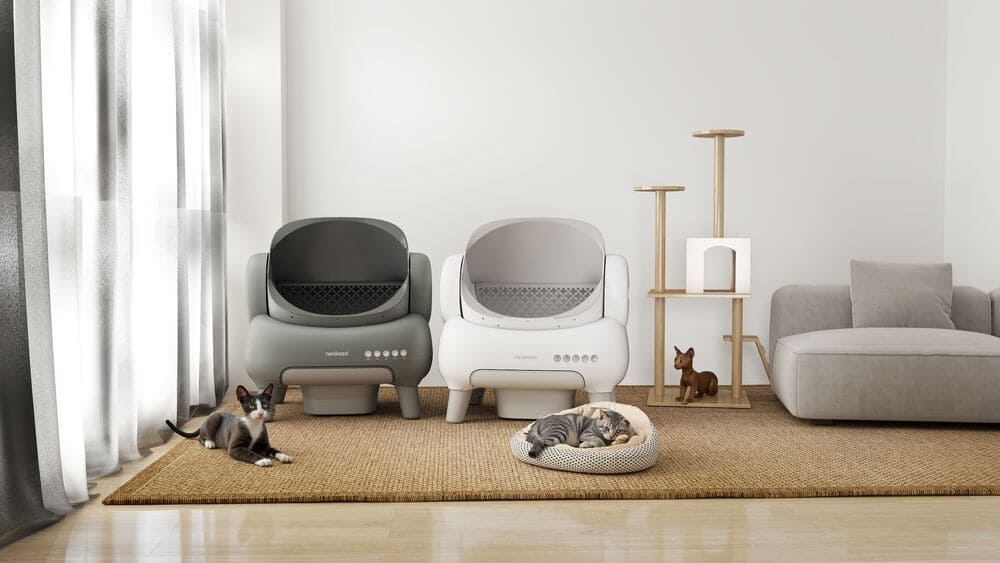
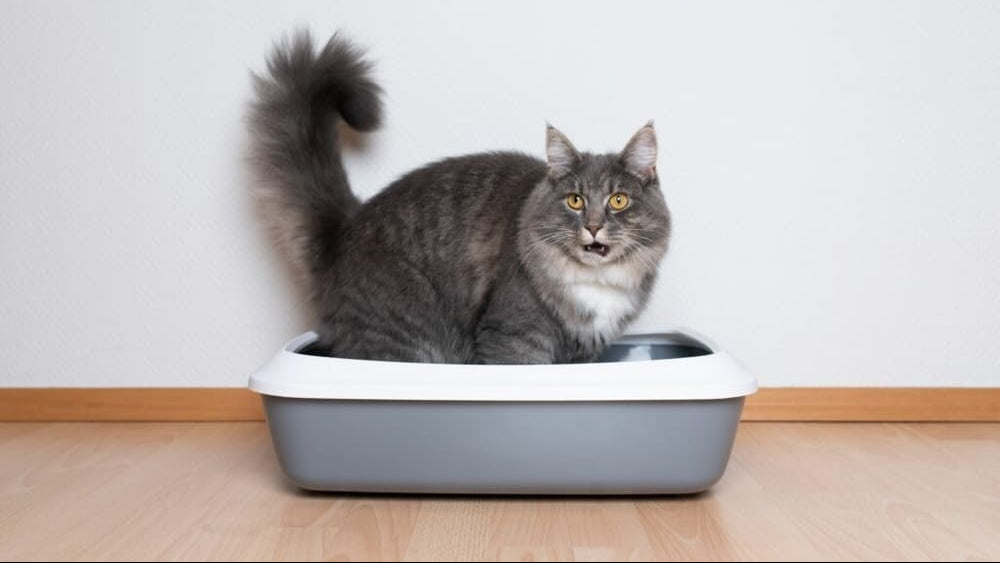
Leave a comment
This site is protected by hCaptcha and the hCaptcha Privacy Policy and Terms of Service apply.